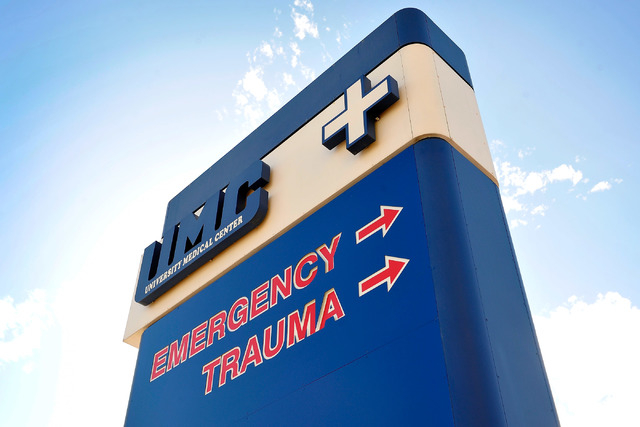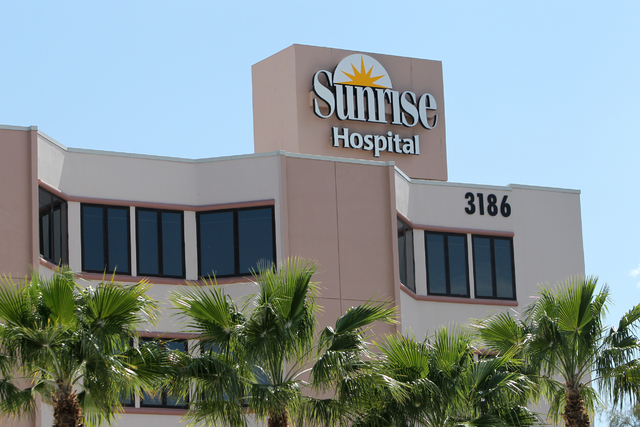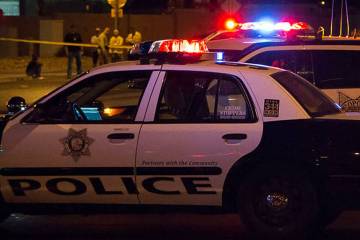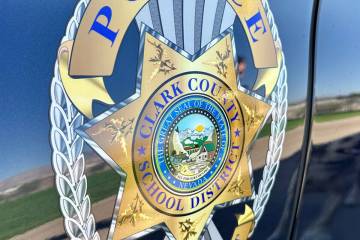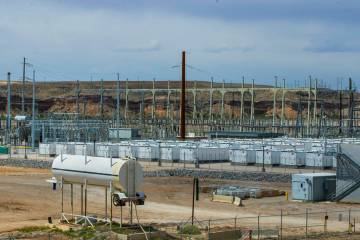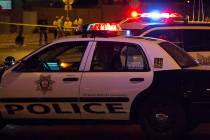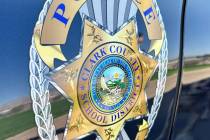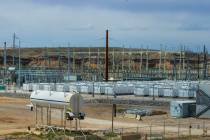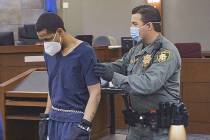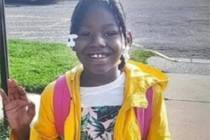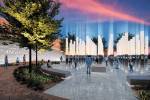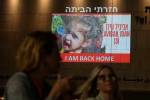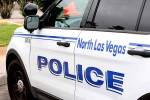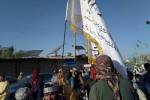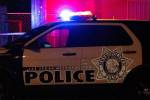Las Vegas’ UMC trauma center part of response to mass casualty incidents
As law enforcement worked to unravel the details of a mass shooting Sunday in Orlando, a nearby hospital was busy providing information through social media, securing its facilities and arranging a meeting area for victims’ families.
Pulse, the gay nightclub where the gunman opened fire, killing 50 people and injuring 53 more, is just a half-mile from Orlando Regional Medical Center, the only Level 1 trauma center in Central Florida.
Level 1 trauma centers, like Southern Nevada’s own University Medical Center, can care for the most critically injured patients in mass casualty incidents.
As the nation watched and read coverage of the shooting’s aftermath Sunday, Fran Jacques, a spokeswoman for Sunrise Hospital and Medical Center, lamented the loss of life.
“You didn’t think of much else today when you’re in health care,” she said.
In Southern Nevada, hospitals are part of a multilayered emergency response that includes police, firefighters and ambulance services.
Las Vegas Fire Department spokesman Tim Szymanski said Southern Nevada’s fire departments are designed to act as a well-oiled machine during mass casualty events.
“We’ve been training for this a long time, for several years now,” he said.
Typically, the first fire official on the scene of a medical emergency establishes a command, and a triage area is created where injured people can be assessed by emergency medical services.
As ambulance crews filter in, they generally check in at a set staging area before being sent where needed. On-scene units and fire alarm office staff work with police, hospitals and other public safety groups to ensure patients at the scene are all processed and that hospitals aren’t overcrowded.
“When there is a disaster, all hospitals will receive patients, but the patients will be matched to hospitals’ capabilities,” University Medical Center Director of Trauma Programs Dr. John Fildes said.
In a mass casualty event, only the most critical patients would be sent to UMC, the state’s only Level 1 center, and the less severely injured would be taken to other hospitals.
Sunrise is Southern Nevada’s only level 2 trauma center, meaning it can provide comprehensive care for seriously injured patients and work with the Level 1 facility. St. Rose Dominican Hospital — Siena offers care to less severely injured patients as the only Level 3 facility.
Three other hospitals have applied for approval to become Level 3 trauma centers in a highly debated process expected to come to a head at a Southern Nevada Health District meeting June 23.
Southern Nevada’s trauma preparation was tested in December when a driver mowed down pedestrians on a crowded Strip sidewalk, killing one person and injuring more than 30.
Lionel Hamilton, director of public safety at Sunrise, said the hospital was initially unsure how many patients it would receive from the crash but that communication during the process was efficient and effective.
Fildes said UMC’s trauma center wasn’t overwhelmed by the incident.
“I called in. I asked them what staff they had and what staff they were calling up, and everything was in order,” he said.
Both UMC and Sunrise practice mass casualty protocols every year.
Necessary UMC staff members would be paged in an emergency and the facilities would be readied for the influx, Fildes said.
“We get all of the doctors and all of the back-up doctors and nurses,” he said, “and we prepare to start receiving patients.”
Contact Pashtana Usufzy at pusufzy@reviewjournal.com or 702-380-4563. Follow @pashtana_u on Twitter.



